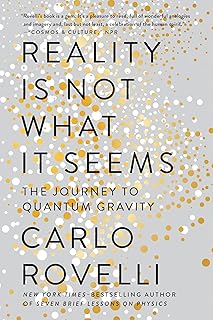Quantum physics never fails to surprise, and the latest revelation of ‘negative time’ in a quantum experiment adds another layer of complexity to the already mind-bending world of quantum mechanics. The study led by Daniela Angulo at the University of Toronto has shown that photons, the fundamental particles of light, can exhibit behavior where they appear to exit a material before entering it. This seemingly absurd notion challenges our conventional understanding of time and space in the quantum realm.
The journey to this discovery began in 2017 when physicist Aephraim Steinberg and his team were intrigued by the interaction between light and matter, particularly the phenomenon of atomic excitation. Through meticulous experimentation involving shooting photons through a cloud of ultracold rubidium atoms, the researchers uncovered a peculiar behavior: even when photons passed through without interaction, the atoms still became excited as if absorbing the photons. Moreover, in cases where photons were absorbed, they seemed to be reemitted almost instantaneously, defying the expected delay.
To make sense of this counterintuitive observation, the team collaborated with theoretical physicist Howard Wiseman to develop a framework that explained the unusual results. The concept of ‘negative time’ emerged as a consequence of the probabilistic nature of quantum objects like photons, where their interactions with atomic excitations could lead to temporal values that span a range, including instances of negative time durations.
The implications of this finding are profound, suggesting that in certain scenarios, a ‘quantum clock’ measuring atomic excitation time could exhibit backward movement, challenging our traditional understanding of time progression. While this discovery may seem paradoxical, it underscores the enigmatic nature of the quantum world and the constant surprises it holds for researchers.
The experimental prowess demonstrated by Angulo and her team highlights the innovative approaches taken in quantum research, pushing the boundaries of our comprehension and necessitating a reevaluation of established principles in optics. By shedding light on the peculiar behavior of photons in absorptive media, this study opens up new avenues for exploration in quantum physics and prompts further inquiries into the fundamental nature of light-matter interactions.
As we delve deeper into the mysteries of quantum mechanics, each new discovery serves as a testament to the boundless complexity of the universe. The revelation of ‘negative time’ in this quantum experiment not only expands our understanding of the quantum realm but also underscores the perpetual evolution of scientific knowledge, reminding us that there is always more to learn and explore in the endlessly fascinating world of physics.
📰 Related Articles
- Time Traveller Noah Reveals Complex Mechanics of Temporal Exploration
- Space Miso Experiment Reveals Microbial Adaptability in Astronaut Diets
- Physicists Discover Two Arrows of Time in Quantum Systems
- eBay Report Reveals Fall 2025 Luxury Fashion Trends
- abrdn UK Smaller Companies Growth Trust Reveals NAVs Transparency






